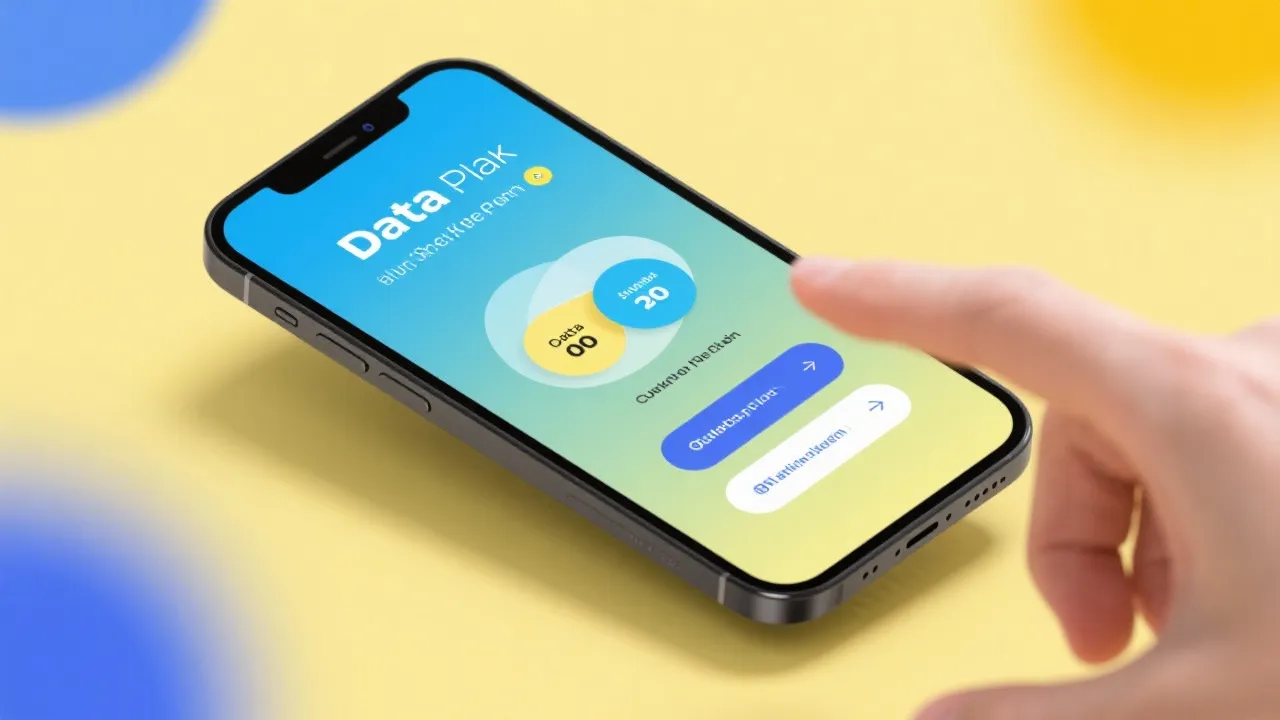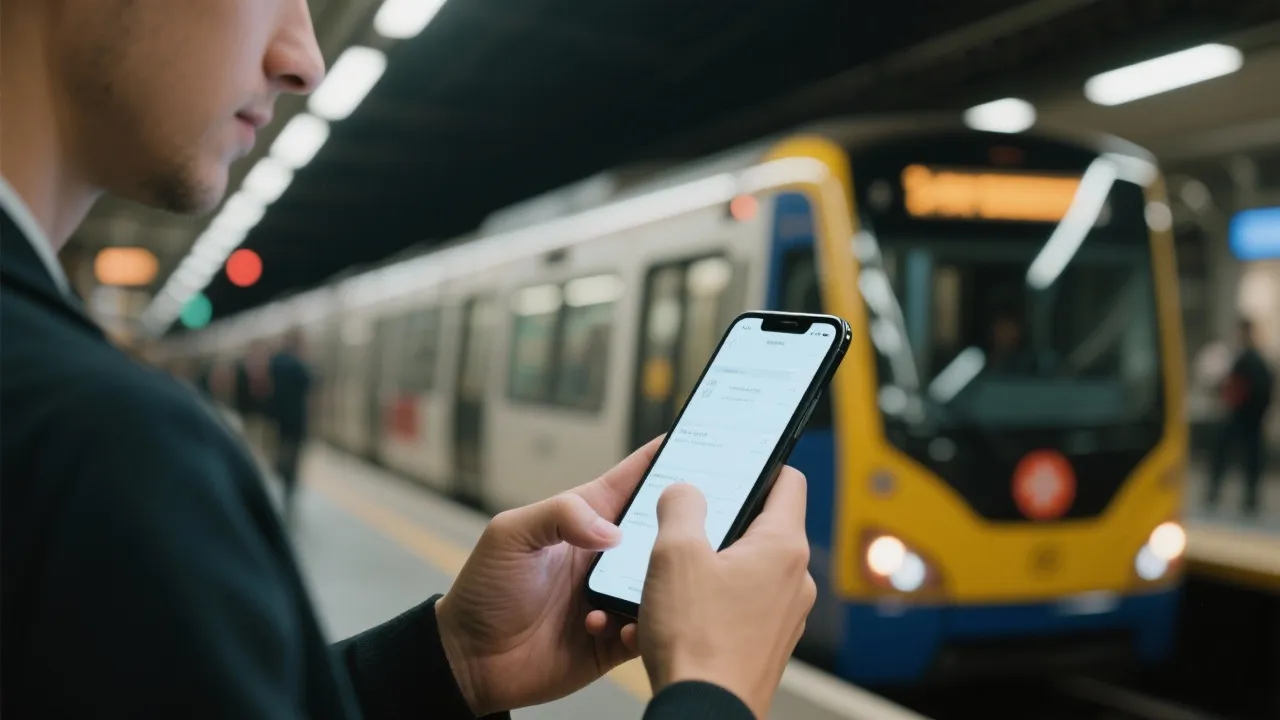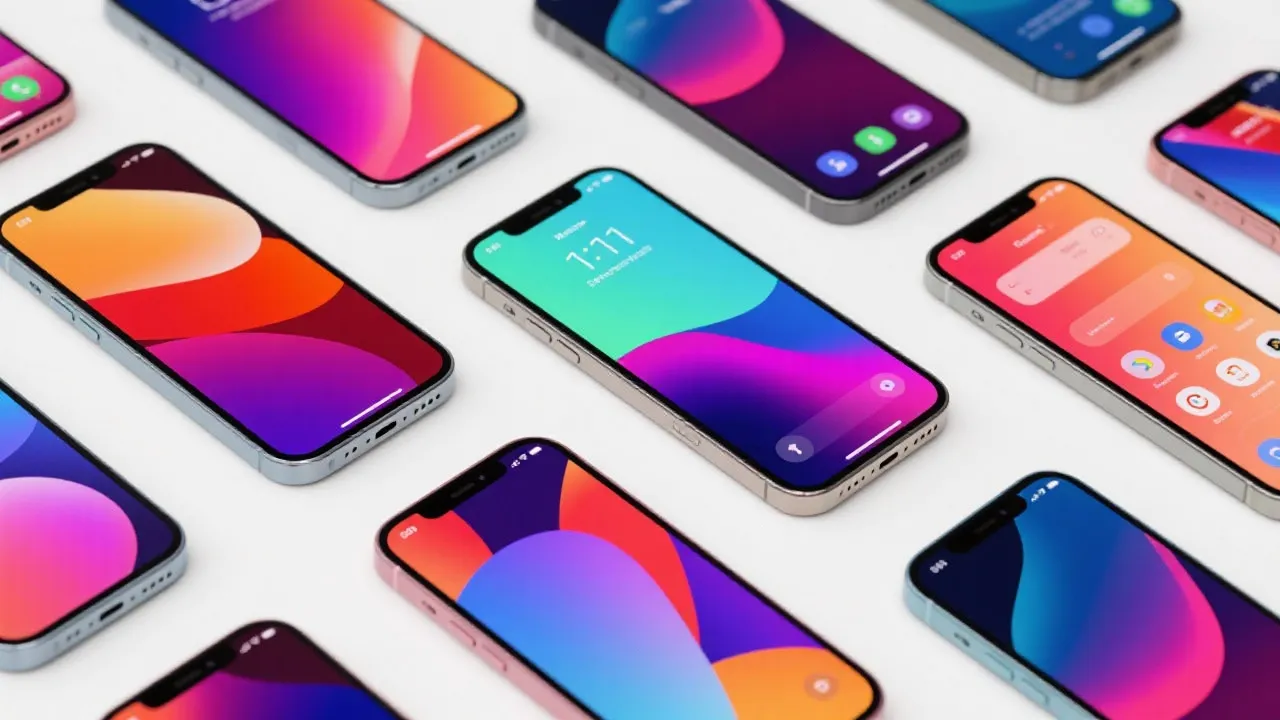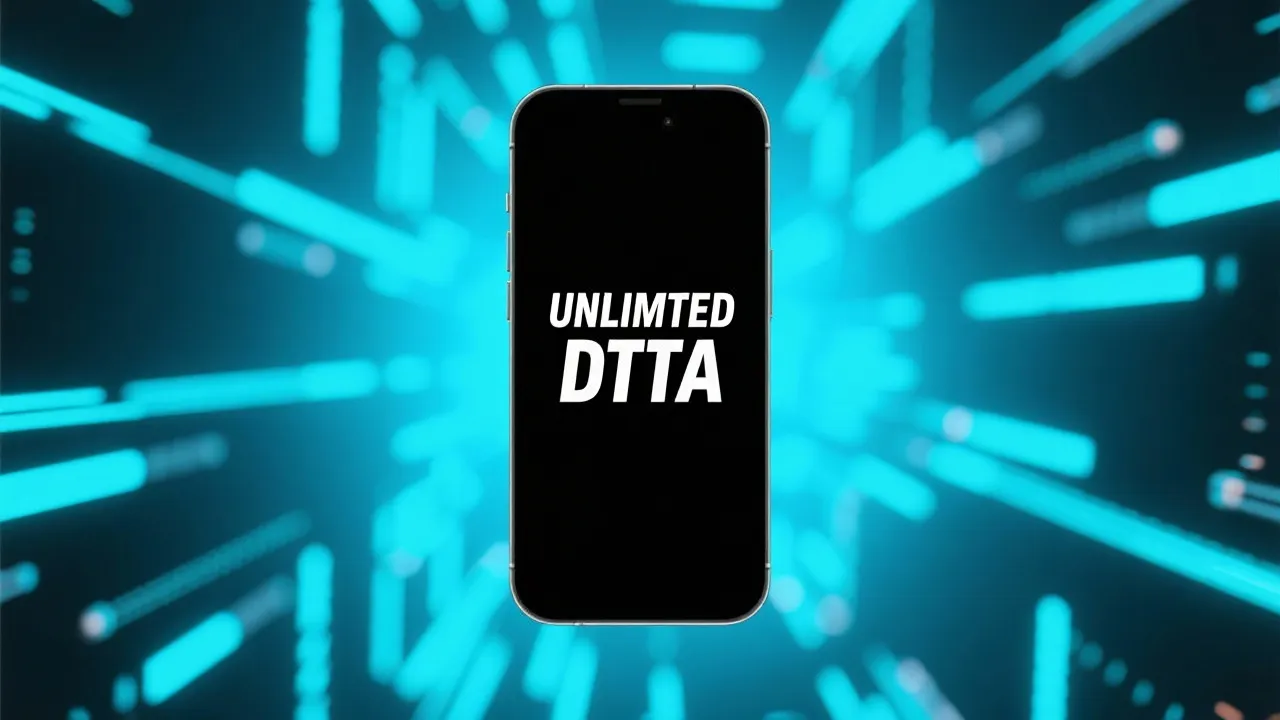Navigating Affordable Phones Unlimited Data Offers
This guide provides insights into accessing affordable phones coupled with unlimited data services. The allure of comprehensive phone plans, which include unlimited data, drives significant consumer interest. As mobile connectivity remains a crucial aspect of modern life, understanding the requirements and options available for obtaining government-assisted services becomes essential for eligible individuals.

Understanding Affordable Phones with Unlimited Data Plans
The prospect of obtaining a phone with unlimited data at no initial cost might seem appealing, but it's important to grasp the underlying complexities. Currently, several service providers offer plans under government schemes like Lifeline and Affordable Connectivity Program (ACP), which aim to assist low-income families by providing affordable or low-cost communication services. These government-sponsored initiatives have evolved over the years, aiming to bridge the digital divide and ensure that everyone, regardless of their socioeconomic status, has access to modern communication technologies.
Participation in such programs often hinges on eligibility criteria, frequently centered around income thresholds or enrollment in specific government aid programs. Understanding these criteria is essential for potential applicants. The importance of these programs cannot be overstated, as they represent a significant effort to foster inclusivity—especially in today's technology-driven world where reliable internet access can significantly impact one's educational and professional opportunities.
Key Programs and Providers
Many providers offer government-backed plans that include both voice and data services. Each provider has distinct offerings and eligibility requirements, which potential applicants must diligently note. Below is a concise comparison of some well-known service providers:
| Provider | Services Included | Additional Package Costs |
|---|---|---|
| SafeLink Wireless | Affordable smartphones, or bring-your-own-device, with unlimited text, calls, and data (plan-dependent) | Device upgrades or extra data may incur fees |
| Assurance Wireless | Affordable Android phone, unlimited talk and text, specified data allowance | Extra high-speed data and international calling available for a fee |
| StandUp Wireless | Affordable phone or BYOD option, with unlimited talk, text, and data plans | Charges for premium phones and additional data |
| Access Wireless | Unlimited calls, texts, limited high-speed data with Lifeline/ACP | Device upgrades and data boosts available for a cost |
| True Wireless | Affordable phones, voice and data plans supported by government programs | Optional device and data enhancements for a fee |
Source: Visit SafeLink Wireless, Assurance Wireless, StandUp Wireless, Access Wireless, True Wireless for more information about their services and offerings.
Eligibility and Application Process
The pathway to acquiring one of these government-supplemented phones involves demonstrating eligibility, typically validated by income levels at or below 135% of federal poverty guidelines for Lifeline and 200% for ACP. Residency on Tribal lands often provides additional benefits. Understanding these income thresholds and program requirements is integral for successful applications. Alternatively, participation in aid programs like SNAP (Supplemental Nutrition Assistance Program), Medicaid, Supplemental Security Income (SSI), or Federal Public Housing Assistance (FPHA) could also qualify you, highlighting the government's commitment to supporting the most vulnerable populations.
Interested individuals can apply directly on the service provider's website, requiring relevant documentation to confirm eligibility. The application process may involve using platforms like the Lifeline National Verifier for some providers, such as Assurance Wireless. This streamlined application process is designed to simplify the experience for applicants, ensuring they have quick and user-friendly access to the services they need. In many cases, the documentation needed includes proof of identity, income verification, and evidence of participation in qualifying programs, all aimed at creating a comprehensive verification system to prevent misuse of these essential resources.
Once the application is submitted, applicants usually receive a confirmation detailing whether they qualify, with timelines varying by provider; many aim to process applications within a few days to a couple of weeks. It's essential to provide accurate information and required documentation to avoid delays in approval, as the demand for these programs can be quite high.
Insight into the Industry
An industry perspective reveals that these government-supported initiatives play a vital role in bridging the digital divide by ensuring that low-income households remain connected, a necessity in an increasingly digitized society. The role of mobile connectivity has dramatically changed over the past decade, with many services transitioning online, and those without internet access face significant barriers to essential services like job applications, education, healthcare, and social interactions. Ensuring that low-income households have access to these critical tools is about more than phone calls and texts; it is about providing equitable access to opportunities.
Furthermore, the expansion of work-from-home arrangements and online schooling during the recent global pandemic has underscored the importance of reliable internet services and connectivity across all demographics. Many service providers are adopting a more proactive stance in reaching out to eligible consumers, as the demand for their services increases. Not only do these programs provide essential services, but they also represent a potential growth opportunity for telecommunications companies. Providers are increasingly recognizing the potential customer base within lower-income households and are tailoring their offerings to these segments.
From an economic standpoint, these programs potentially alleviate financial burdens off consumers, allowing them budgetary flexibility for other necessities. Consumers often face difficult choices where communication services may cut into their limited budgets. By offering affordable plans, service providers can help reduce this strain on households, thereby improving overall quality of life. Conversely, for service providers, these programs may incentivize investments in network infrastructure to handle increased usage while maintaining profitability margins through optional upgrades or additional feature offerings. Consequently, companies are motivated to enhance coverage areas, improve customer service, and innovate their technologies to better serve their customer base.
However, while the benefits are substantial, several challenges exist within these frameworks. Continuous scrutiny of these programs is necessary to prevent any potential misuse and ensure that they meet the needs they are intended to serve. Additionally, providers must balance service quality with affordability, striving to maintain competitive pricing while delivering efficient and reliable services. Enhanced collaboration between government entities, telecom companies, and community organizations can help tackle these ongoing issues, ensuring sustainable progress towards universal connectivity.
FAQs
- Who can qualify for these programs? - They are generally targeted at low-income households or participants in designated government assistance schemes, including but not limited to SNAP, Medicaid, and SSI.
- Are there costs involved? - While the basic package may have no initial charge, optional upgrades and additional data may attract fees, so it's important to read the terms and conditions carefully before applying.
- How long does the application process take? - This can vary by provider; some aim to process applications within a few days, while others may take up to two weeks based on application completeness and verification timelines.
- What devices are available through these programs? - Many programs offer affordable smartphones or allow customers to bring their own devices. The options largely depend on the individual service provider.
- Can I switch providers after enrollment? - Yes, if you qualify for the program, you typically have the option to switch providers. However, ensure that you understand any terms regarding benefits and services associated with your current plan before transitioning.
Conclusion
The availability of phones with unlimited data under government plans presents a valuable resource for eligible individuals, facilitating sustained connectivity at reduced costs. These services epitomize a proactive approach to tackling economic disparities, ensuring that families can stay connected to vital resources. They also create opportunities for service providers to engage with underserved populations, fostering new business models that benefit both consumers and companies alike.
It's crucial for potential applicants to be informed about the eligibility criteria, application processes, and specifics of each provider's offerings. Consumers should explore all available options, understanding that the landscape of affordable communication is evolving. These government initiatives are not merely assistance programs; they serve as a critical foundation for many families, enabling access to education, job opportunities, healthcare, and social support systems during challenging times.
As technology continues to advance and the needs of consumers evolve, these programs will likely face continuous appraisal and refinement to best serve their purposes. Collaborative efforts among government, nonprofit organizations, and private sector players will be essential in ensuring that connectivity remains a priority for all citizens, regardless of their economic status.
Disclaimer: The above information is sourced from online resources and is current as of October 2023. This site does not assure the acquisition of a government-assisted phone. Applicants should verify specific requirements with official providers. Remember that this content will not be continuously updated and it is always advisable to check the most current information available directly from the service providers.
For further reading, refer to SafeLink Wireless, Assurance Wireless, StandUp Wireless, Access Wireless, and True Wireless via their respective websites. Each provider features unique services that cater to diverse needs, and exploring these options can aid in making an informed decision regarding your communication needs.
-
1

Reducing Costs and Enhancing Technology in Solar Panels
-
2

Affordable Life Insurance Options for Seniors
-
3

Comprehensive Guide to Choosing the Right Smartphone
-
4

Unlock Affordable Online Learning: A Seniors’ Guide to Economical Educational Opportunities
-
5

Discover the Keys to Landing Your Perfect Work-from-Home Job: An Essential Guide









